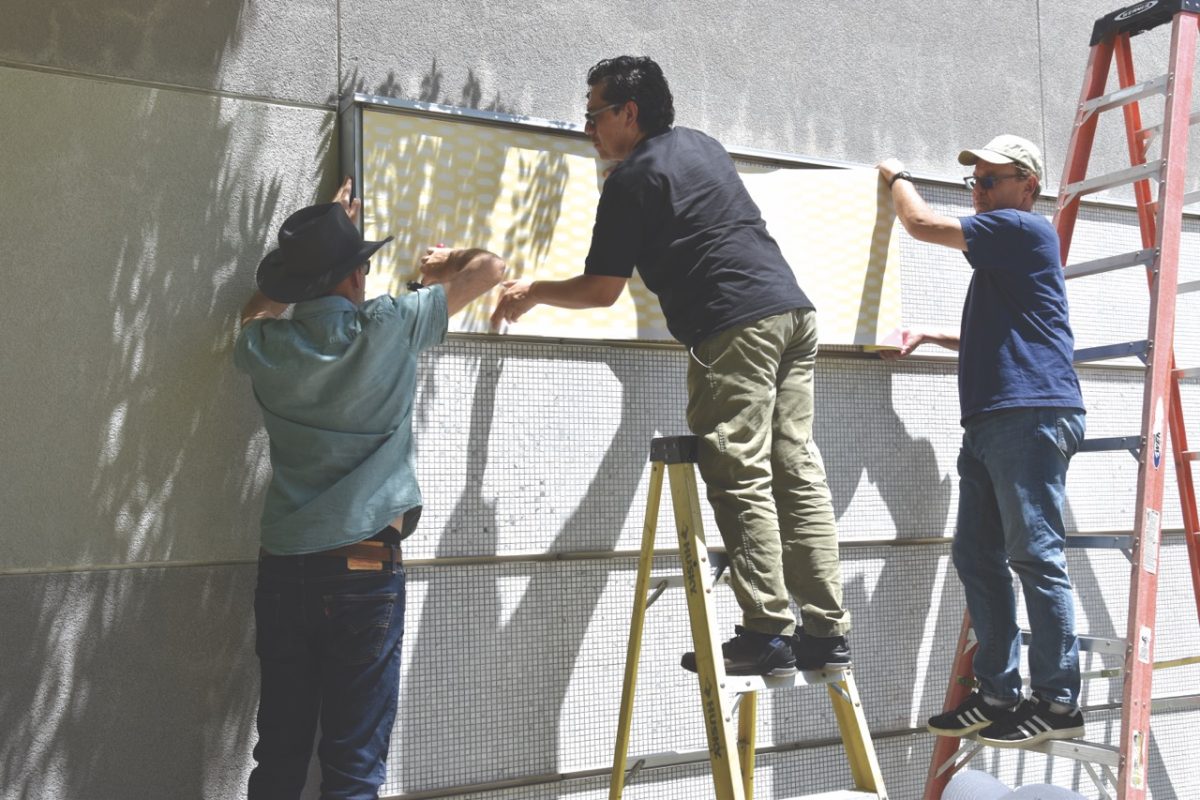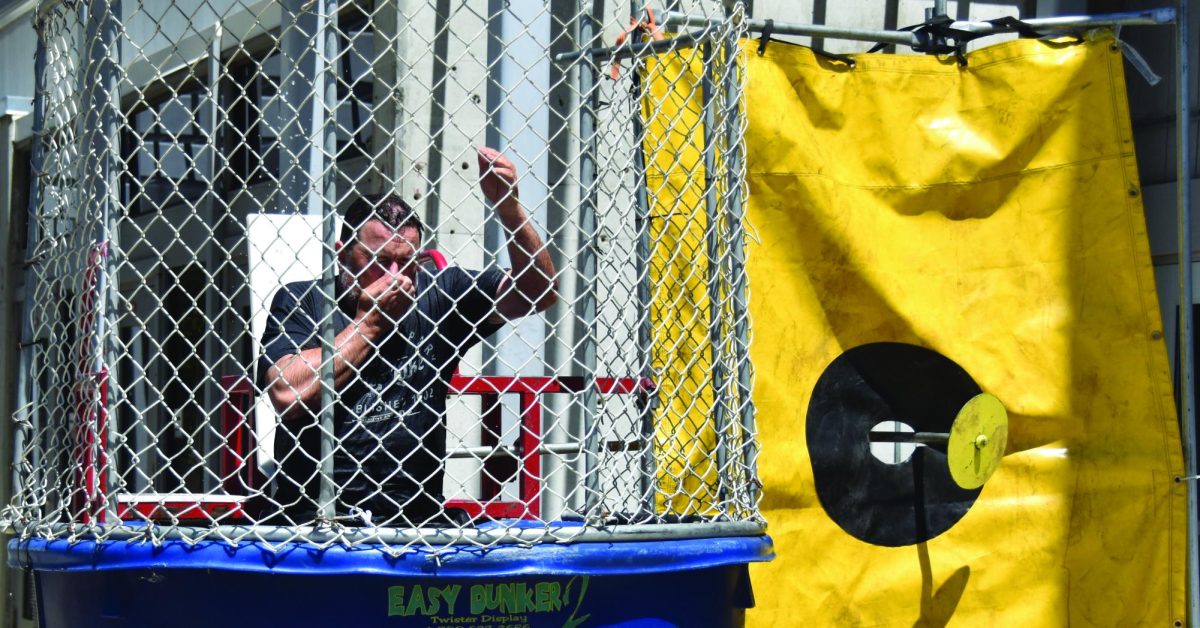The Los Medanos College Fire Technology Program (FTP) is designed to train students to serve the public and protect them from the threat of fire.
It teaches students how to work as part of a team to respond to all kinds of emergency and non-emergency calls while learning how to multitask and handle various apparatuses, “whether it is with fire hose and water, medical equipment, rescue equipment and ladders that can be 10 to 110 feet in height,” said LMC fire instructor John Kelleher.
Mike Grillo, who teaches fire courses and chairs the Fire Technology Department, said students who complete the program master the skills and knowledge of tools and equipment needed to fight fire. These include methods for extinguishing flames, analyzing different fire situations, and understanding the chain of command. Training focuses on exercising both the body and the mind, and students are kept busy on a day-to-day basis writing, thinking critically, pulling, climbing, carrying and lifting.
Program participation involves a lot of hard work and commitment, and the ability to handle the unexpected.
“In every fire emergency, you go in not knowing what’s going to happen next. You might break your arm, fall down, can’t handle the smoke pressure,” said Davis. “When you enter a burning building you are confronted with very hot heat, which is sometimes hard to handle. The location is filled with obstacles and unknown hazards. You have to be very careful and pay attention to what you are doing,” said LMC Fire student Nick Legan.
Kelleher explained that the classroom courses and hands-on training are designed to teach future firefighters “what to do during an emergency.”
This year, the program has introduced new technology to enhance fire training, including “thermal imaging where the screen can pick up body heat and outline you in smoke,” fire instructor Joseph Robinson said.
He added that the department offers five fire science classes, an Emergency Medical Technician (EMT) course and a semester-length fire academy, which prepare students for careers in fire service.
Fire Technology is a hands-on program that also provides internship opportunities for students to work in fire stations and get experience.
According to the program’s brochure, firefighters can earn $4,000 to $5,000 per month with generous retirement benefits. But for fire student Katie Davis, one of the best reasons to be part of the program is that “you get to learn how to protect your community by saving lives.”
Grillo explained that to join the Fire 1 Academy Certificate Program, students must complete competency requirements and 30 units of any combination of Fire Technology and Fire Academy courses with a 2.0 or higher GPA. They also have to complete a Candidate Physical Ability Test (CPAT), which is a pre-requisite and get a medical release from a physician.
If you are interested in joining the program or have any questions, contact Grillo at 439-2181 ext. 3274 or email him at mgrillo@losmedanos.edu.






